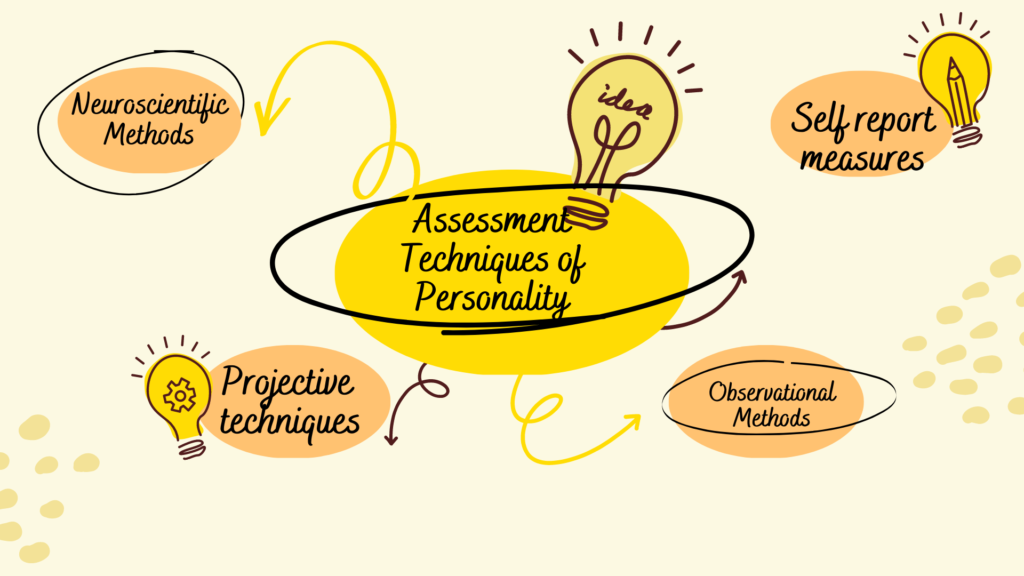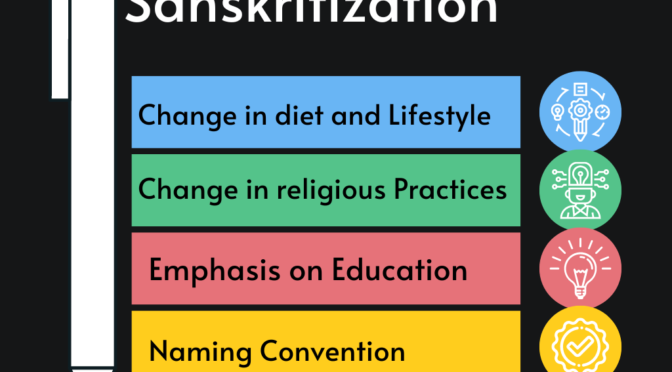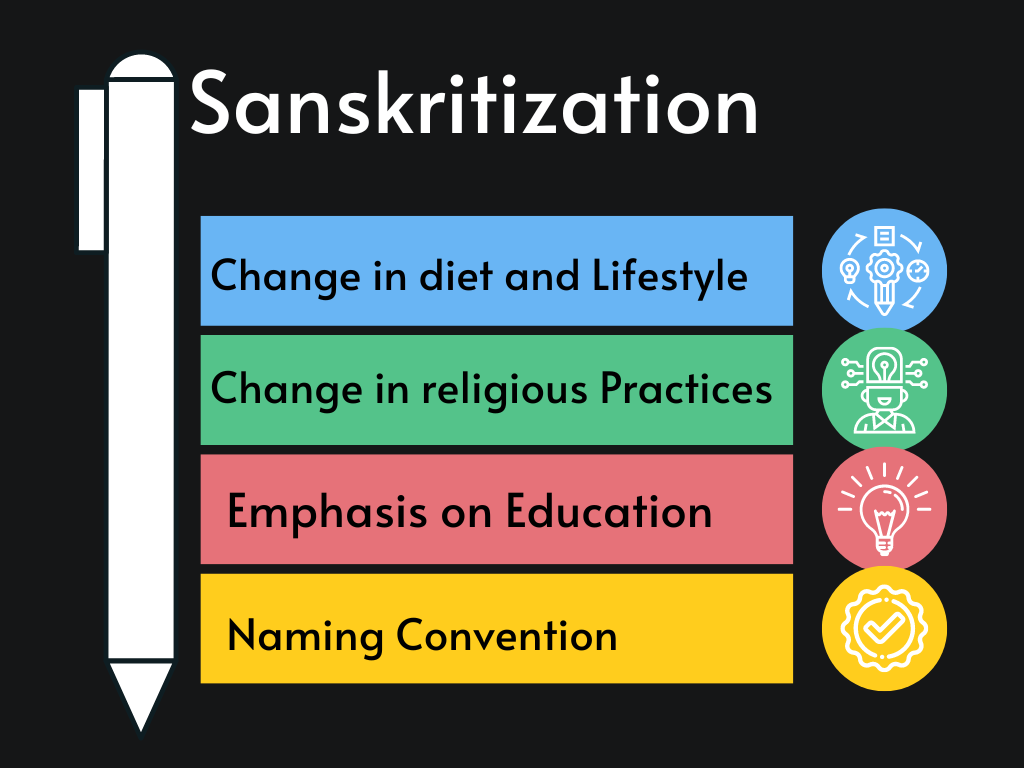The Wood Dispatch of 1854, also known as the Despatch on Indian Education, proposed important reforms related to education in India.
The Wood Despatch was a significant document in the history of British rule in India.
It was very important as it proposed several reforms related to governance, education, and other areas of Indian society.
The dispatch played a key role in shaping the future of British policy towards India and in setting the stage for further reforms in the years to come.
Who created wood despatch?
The Wood Dispatch, also known as the Despatch on Indian Constitutional Reforms and the Despatch on Indian Education, was written by Sir Charles Wood.
Sir Charles Wood was a British politician who served as the President of the Board of Control for India from 1852 to 1855.
The Wood Despatch of 1854 proposed several important features of education in India, including:
- The establishment of a system of public education, with government support and funding.
- The creation of universities and colleges to provide higher education to Indians, with a focus to prepare students for employment.
- The promotion of Indian languages and literature, in addition to English, to preserve India’s cultural heritage and promote national identity.
- The training of Indian teachers to improve the quality of education in the country.
- The development of technical education to provide practical skills to Indians, with a focus on promoting industrial and agricultural development.
- The establishment of a system of grants and scholarships to encourage Indians to pursue education.
- The creation of schools for women, to provide education to girls and women.
Also Visit: Prep with Harshita
These features of education proposed in the Wood Despatch helped to establish a more comprehensive system of education in India.
The dispatch recognized the need for education to be practical and relevant to the needs of the Indian people, with a focus on promoting national identity and economic development.
The creation of universities and colleges, the promotion of Indian languages and literature.
The establishment of schools for women was an important step toward creating a more inclusive and modern education system in India.










